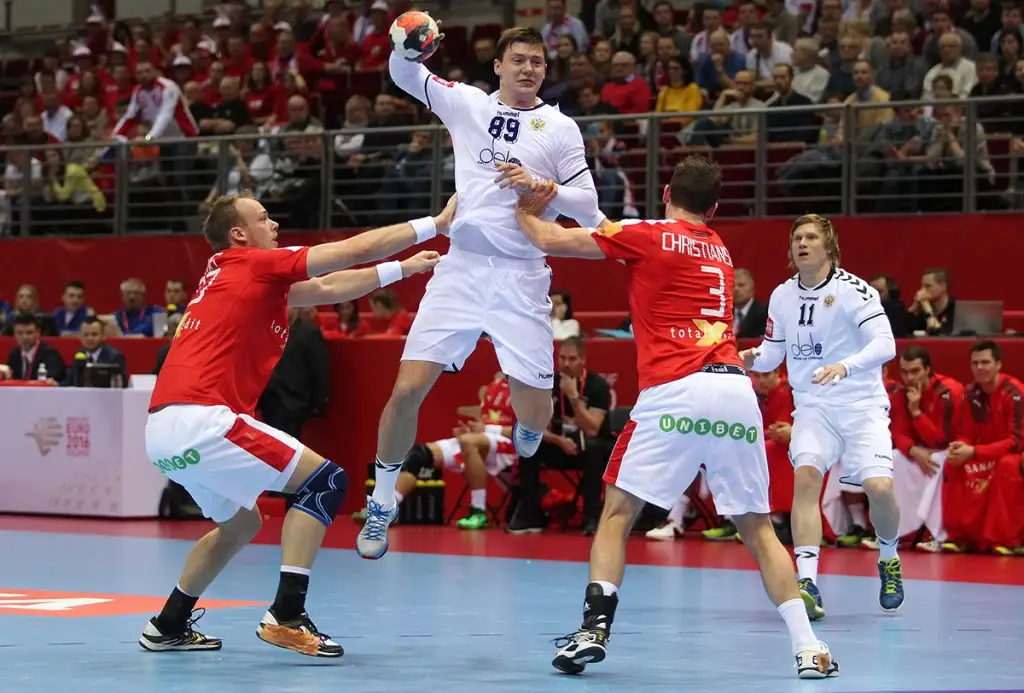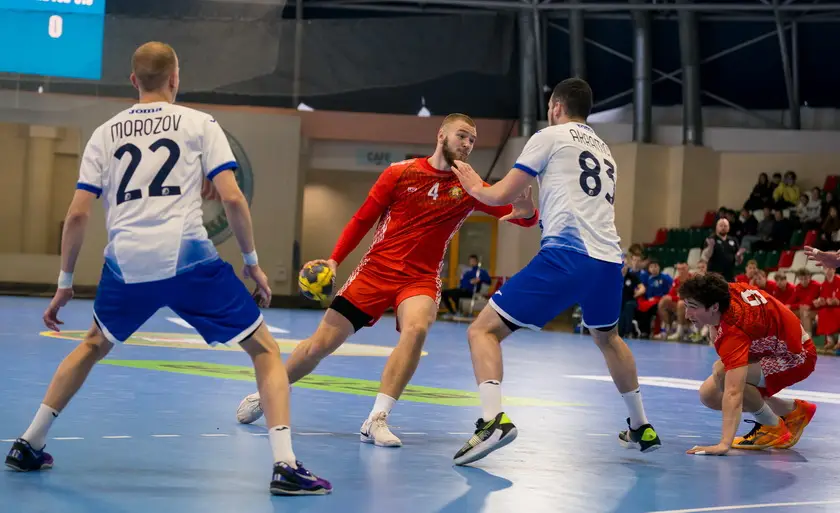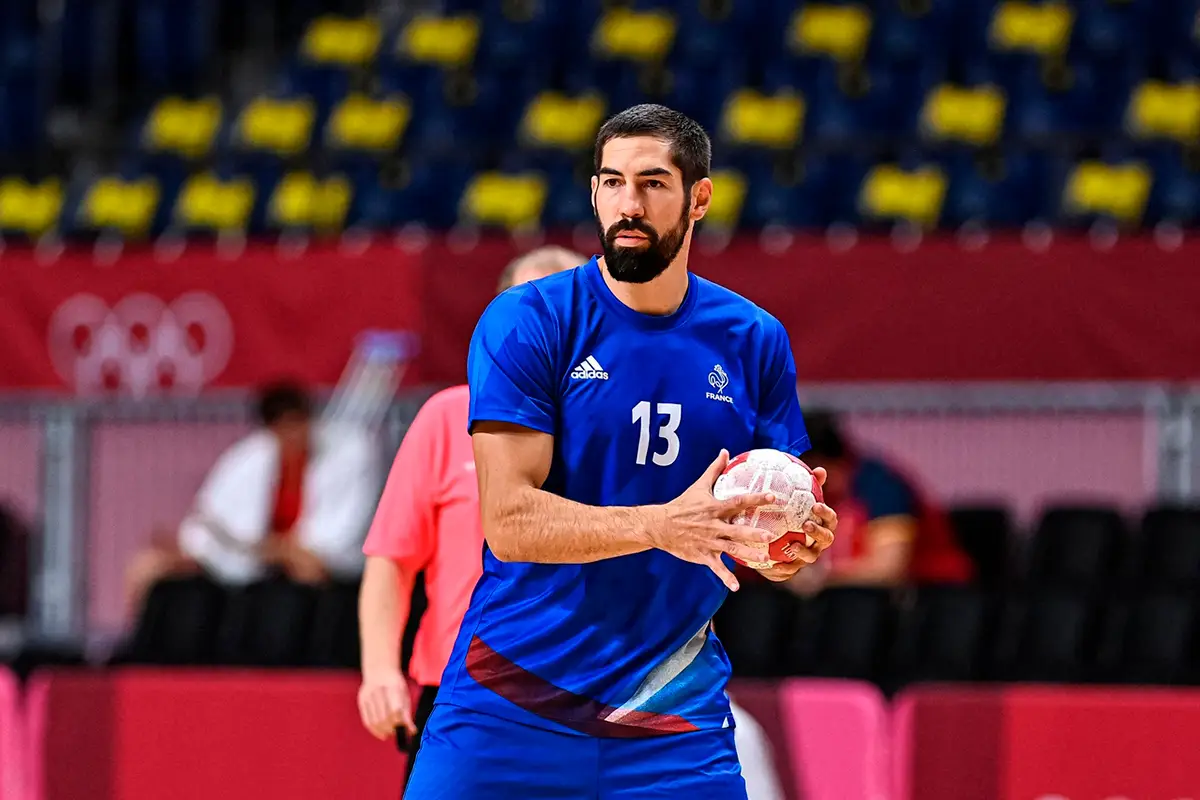Handball remains one of the most spectacular team sports, but at the same time one of the most undervalued sports in financial terms. The physical level, the contact, the tactics, the speed… everything is top class, but salaries are only discussed in whispers. It is time to address this issue: how much do handball players earn, what are their earnings based on, and who are the ones who really earn big money?
Overview: how much do handball players earn?
Before we delve deeper into the figures, it is important to understand the structure. A handball player’s income consists of three main elements: salary, bonuses and payments from sponsors. The contract is the most important pillar, but bonuses for titles, statistics and participation in European competitions often account for up to 30% of annual income.
Income formula: basic salary + bonuses + premiums for titles + marketing (advertising, merchandising, appearances).
In practice, the results, status and level of the club determine how much handball players earn in different countries and competitions.
France: financial and structural support
 The French league remains the most expensive in the world in handball. A system has developed here in which clubs are not only sports organisations, but also powerful brands with a developed infrastructure. Athletes who play for PSG, Nantes and Montpellier regularly sign contracts with a fixed base salary and a bonus scale.
The French league remains the most expensive in the world in handball. A system has developed here in which clubs are not only sports organisations, but also powerful brands with a developed infrastructure. Athletes who play for PSG, Nantes and Montpellier regularly sign contracts with a fixed base salary and a bonus scale.
How much do handball players earn in France:
- A basic player at PSG earns between 500,000 and 700,000 euros per year.
- The team captain earns between 900,000 and 1.2 million.
- A promising foreign player: from 25,000 euros per month, up to 45,000 if he makes progress.
A handball player from the second team: 15,000-20,000 euros per month + apartment and insurance.
Players sign contracts for 2-3 years with the possibility of extension. Included are the option to pay agents, medical clinics, bonuses for titles and personal achievements. PSG pays a bonus for reaching the Champions League play-offs: up to 50,000 euros.
Germany: high competition and financial rigour
The salaries of handball players in the Bundesliga are still among the most stable, although they do not reach the level of France. German handball is characterised by calculation, discipline and professional management. When concluding contracts, all taxes, restrictions and legal obligations are taken into account.
Salaries of handball players in Germany by category:
- Starting player for a top 6 club: 12,000-25,000 euros/month or 150,000-300,000 euros/year.
- Captain of the German national team: up to 40,000 euros/month.
- Young player who has just joined the starting team: 6,000-9,000 euros.
Most of the bonuses come from payments from sponsors. Some clubs have introduced a ‘variable bonus’: the better the performance, the higher the quarterly payments. For example, a player who has scored 150 goals in a season receives an additional payment of 40,000 euros.
Spain: technical, but without big cheques
The Spanish league offers a high level of training, but does not have strong financial support. Even Barcelona, which dominates the league, pays most players no more than 350,000 euros per year.
How much do handball players earn in Spain:
- Player in Barcelona’s first team: 18,000-28,000 euros/month.
- Team leader: 300,000 to 400,000 euros/year.
- Second division teams: 5,000-8,000 euros/month.
Income depends on European cups, marketing contracts and even the number of visitors to matches. The domestic market is limited, which means that even the most expensive handball players sometimes lose out on income when they are recruited from France or Germany.
Scandinavia: professionalism without excesses
Denmark and Norway create a favourable climate for growth, but are not generous with contracts.
Income of handball players in Scandinavia:
- Stars: 200,000 euros per year, maximum 250,000.
- Young internationals: between 80,000 and 120,000.
- Average salary in the league: between 6,000 and 10,000 euros per month.
Handball players enjoy stability, but not high salaries. In exchange, they enjoy a comprehensive social package, housing, sports nutrition and access to healthcare.
Women’s handball: growth dynamics
How much do female handball players earn on average:
- Champions League, main squad: between 6,000 and 12,000 euros per month.
- Captain of the national team: between €90,000 and €120,000 per year.
- National league (France, Netherlands, Hungary): between €2,000 and €5,000, plus accommodation and meals.
Most of the income comes from bonuses, advertising contracts and transfers to major clubs. The difference with men remains large, but the annual increase is up to 12% in the contracts.
Prizes, titles, bonuses
The highest-paid handball players in the world do not earn their income solely from their salaries.
Parameters:
- Champions League victory: between 50,000 and 100,000 euros.
- MVP of the season: between 25,000 and 40,000, depending on the competition.
- Top scorer of the tournament: between 30,000 and 50,000, plus a personal contract.
- Participation in the national team: between 10,000 and 20,000 per tournament, plus a scholarship.
- Signing a sponsorship agreement: income between 5,000 and 100,000 euros per year.
How much do handball players earn off the field?
Professional players are increasingly diversifying their income. What handball players earn is no longer limited to the salary specified in their contract. In Europe, more and more stars are creating their own personal brands.
French clubs, notably PSG, are setting up independent media groups. Participation in YouTube projects, interviews on popular platforms, promotion of profiles on social media… All this creates a commercial funnel that converts popularity into figures. Even a reserve player who is active on Instagram can double his salary thanks to collaborations with local brands.
Main sources of income outside the game:
- sports equipment ambassador;
- appearances in commercials for local and international brands;
- management of YouTube/Instagram/TikTok with an active audience;
- setting up own schools and training courses;
- participation in television programmes, sports reviews, magazines.
Differentiation of income: what influences the wage distribution
The indicator of how much handball players earn does not depend solely on the level of the competition. There are a number of structural factors that have a significant impact on the amount of the contract:
Influential parameters:
- Presence of titles. A player with a Champions League medal increases the starting price by 30% to 50%.
- Position on the field. Goalkeepers and wing players earn less than pivots and left wingers due to their lower statistical visibility.
- Age. The maximum contract value is reached between the ages of 27 and 31. Older players receive a bonus for their experience, younger players for their potential.
- Nationality. Foreign players often sign contracts with compensation for relocation, insurance and higher bonuses.
Transformation of contracts: how the structure of agreements is changing
In the 2020s, the sector has moved to flexible financial models. Modern contracts are no longer based on a linear ‘fixed + bonus’ scheme. Various modules have been included that affect the final income.
Key elements:
- Indexation for inflation. At most clubs, salaries increase annually by 2% to 5%, depending on the economy of the region.
- Bonus for renewal. When renewing the contract with the same club, an additional amount of 5% to 15% of the new salary is paid.
- Team effectiveness. Finishing in the top 4, participating in the European Championship, reaching the national cup final: all of this yields between 10% and 20% extra bonuses per year.
- Image rights. Special scheme whereby part of the income is formalised as royalties for the right to use the player’s name and image in advertising material. This reduces taxes and provides flexibility.
Flexible arrangements. Some clubs (e.g. in Norway and Denmark) use a distributed salary payment system: part is paid directly and another part via a fund or a group of sponsors. This system allows players to optimise their tax burden.
Conclusion
 Handball players are not among the highest-paid athletes in the world, but they do enjoy a decent standard of living. The sport is developing its economy, levelling the differences between men’s and women’s contracts and creating a new market for personal brands. The answer to the question of how much handball players earn depends on the country, the role, the club and the ability to earn money off the field.
Handball players are not among the highest-paid athletes in the world, but they do enjoy a decent standard of living. The sport is developing its economy, levelling the differences between men’s and women’s contracts and creating a new market for personal brands. The answer to the question of how much handball players earn depends on the country, the role, the club and the ability to earn money off the field.
 en
en  ru
ru  de
de  ar
ar  es
es  nl
nl  hi
hi  fr
fr  it
it  pt
pt  el
el 










